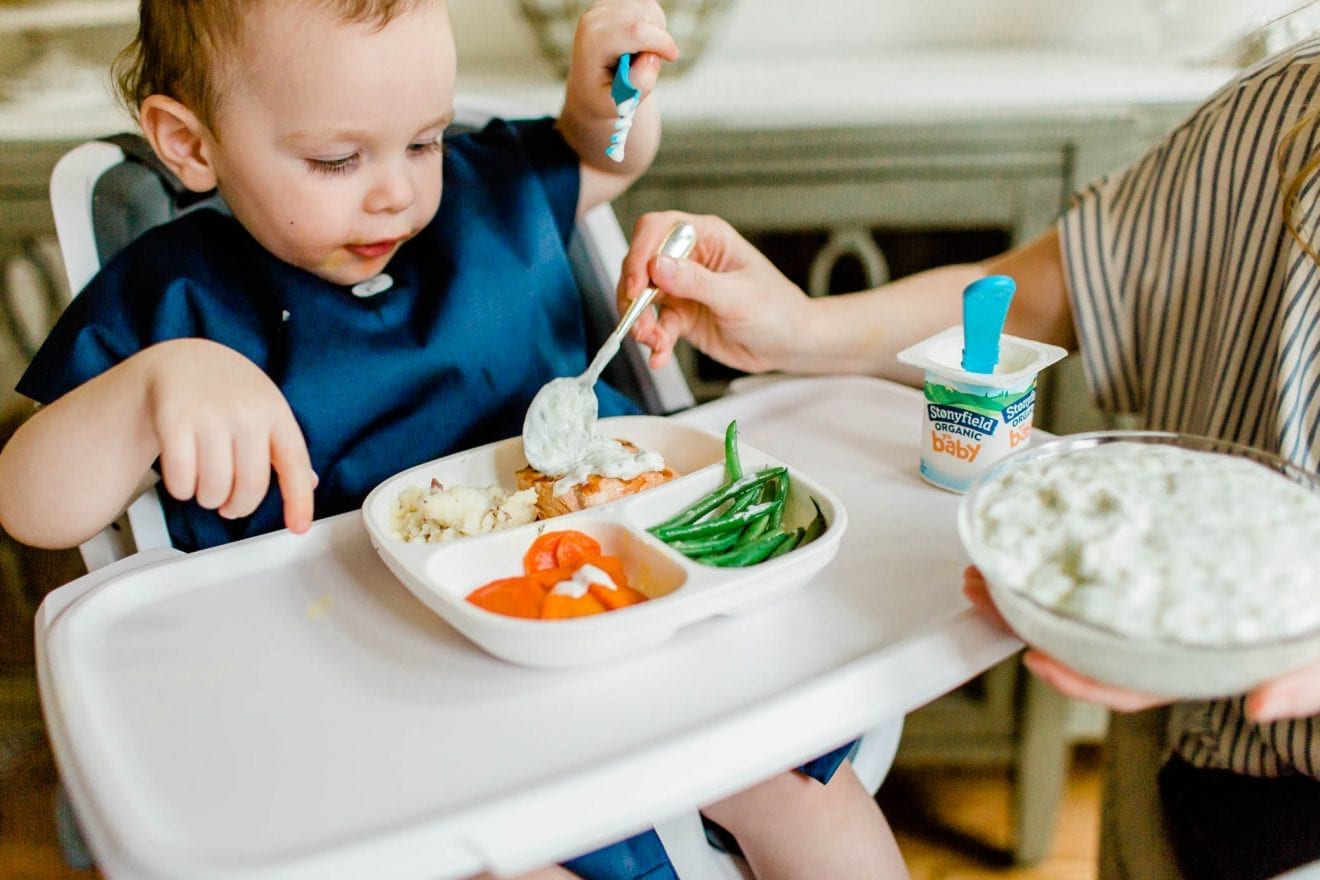We all know that children can be picky eaters from time to time (or for some children all the time). They can be difficult when given vegetables and certain fruits. Even certain textures, smells, or flavors can really turn them off. Many people feel that being a “picky eater” is a part of the child’s personality. Others feel that this is a learned behavior developed during food experiences. And some think it’s a little bit of both. We know that not every mealtime experience with children will be perfect, but luckily, you can do some things to promote healthy eating habits early in life that will last a lifetime. Here are our 15 tips to get things started on the right foot.
1. Introducing Fruits and Vegetables Early
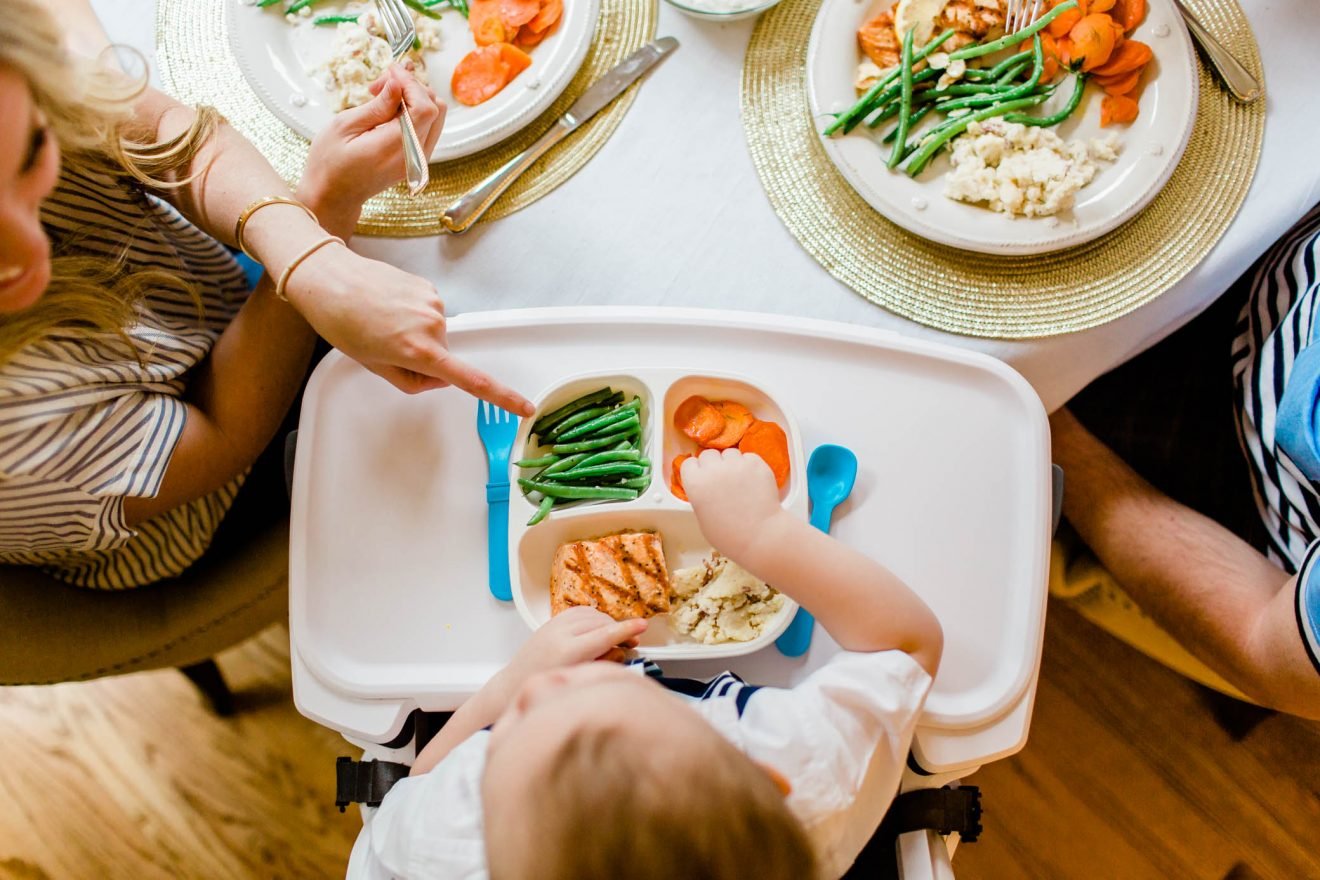
This may sound obvious, but it’s an important point to stress. Children’s eating patterns and food preferences are established early in life. It’s been shown that by exposing our children to fruits and vegetables in infancy and toddlerhood they will show acceptance to these foods as they get older.1,3
2. Model Healthy Eating Habits

Children learn their healthy eating habits from their parents. Our family and environmental influences play a huge part in their diet and developing palates. This is why children with caregivers who eat healthy food are more likely to consume lean proteins, fruits, and vegetables and establish these as food preferences.1 Children with caregivers who eat less healthy foods are less likely to eat fruits and vegetables and instead consume larger amounts of fat and sugar.4
3. Eat Together

As mentioned, we parents need to model healthy eating habits for our children. This is why we need to make it a priority to eat with our children during each meal. By eating together, our children are watching us try new foods, which encourages them that it’s safe to try new foods. They witness us communicating enjoyment of eating new foods and learn how to express hunger and satiety. 5
4. Make Mealtimes Positive


Make mealtime a positive time. When you share with one another at the table and create positive conversation, meals become a pleasant social occasion. If mealtimes are unpleasant, children may associate eating with stress and try to eat faster to leave the table sooner.
5. Limit Fast Food Experiences
The more children are exposed to fast-food restaurants, the more they increase consumption of high-fat foods and develop these as food preferences.6 Even though these foods and sweetened drinks are marketed for children, we all know and need to be reminded that they provide very minimal nutritional benefits.7
6. Don’t Order from the Kids Menu
If you look at a kid’s menu while dining at a restaurant, you will notice that most options aren’t the healthiest of choices. Try not to order from the kid’s menu for your child. Instead, split a healthy meal with them when dining out or, if they order their own dish, take their remaining leftovers home for another delicious and nutritious meal.
7. Develop Mealtime Routines

The more children graze throughout the day, the less of an appetite they will have around mealtime. By setting a predictable daily mealtime routine–including snack time–, we help our children develop an expectation and an appetite around mealtime.5 This helps them not fill up on snacks and eat more of their balanced meals. And if grazing is what works for your family, remember that we parents control the food coming into and offered in our home. Choose healthy snack options for the whole family to enjoy, which brings me to my next point . . .
8. Plan Out Snacks

As I mentioned, continuous snacking can potentially lead to overeating, but snacks that are planned at specific times during the day can be part of a nutritious diet! We are essentially the gatekeepers of the kitchen. If we choose a wide variety of healthy foods to have in the house, our children will learn how to make healthy food choices, creating healthy food habits. So have the good-for-you snacks out and available within reach and at eye level.
Snack ideas:
- Stonyfield yogurt
- cheese stick
- berries
- banana
- apple slices and peanut butter
- celery and hummus
- veggies with tzatziki dip
My son will eat almost anything if we have a dip. This tzatziki dip is super simple to make, delicious, and healthy! My son can’t get enough. Here’s how you make it:
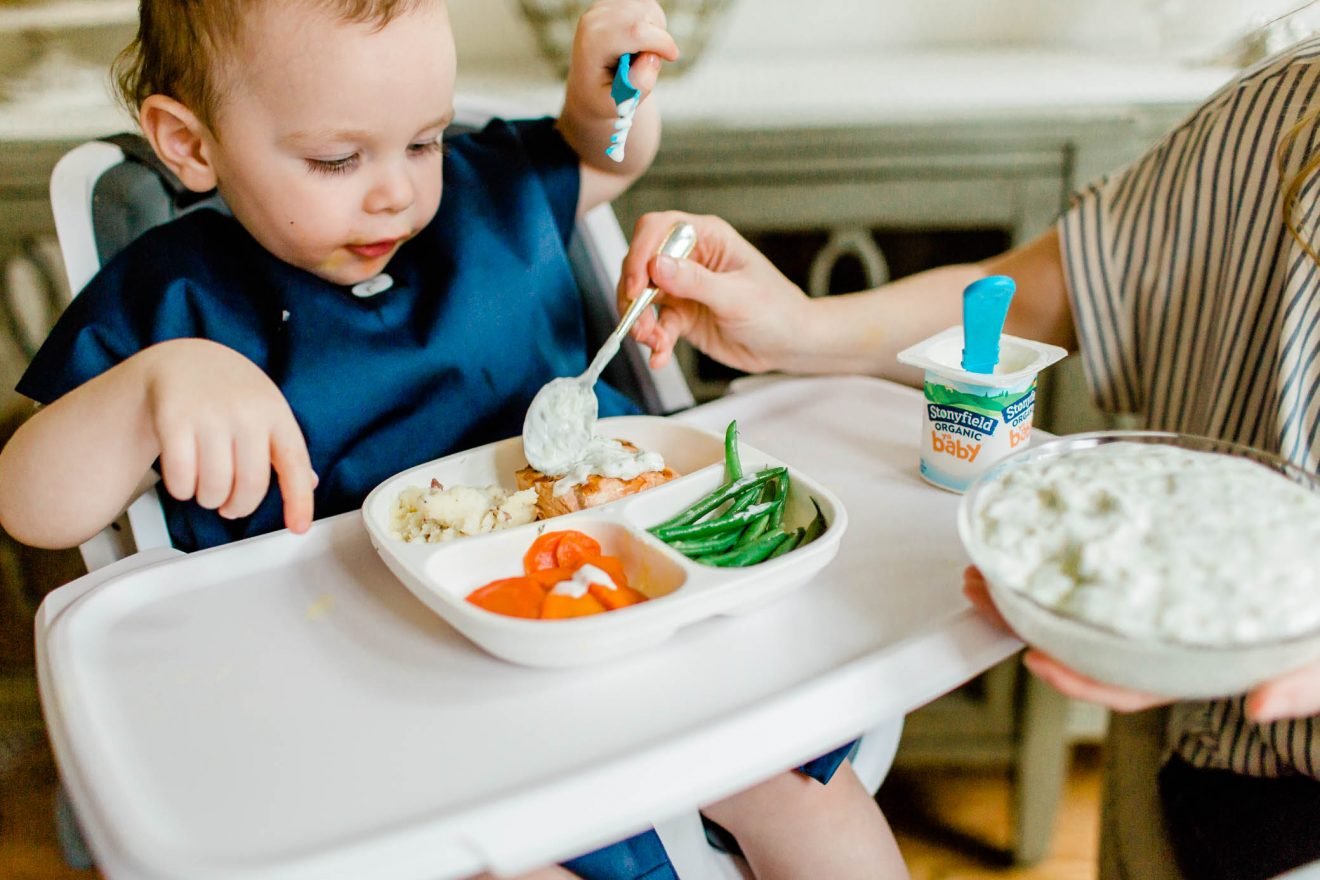

Ingredients
- 2 cups grated cucumber
- 1 1/2 cups plain Stonyfield Greek yogurt
- 2 tbsp extra-virgin olive oil
- 2 tbsp chopped fresh dill
- 1 tbsp lemon juice
- 1 medium clove garlic, minced
- 1/2 tsp fine sea salt
- 1/2 tsp garlic salt

Directions
- Squeeze the grated cucumber over the sink to remove excess moisture. Place squeezed cucumber in a mixing bowl.
- Add the Stonyfield Greek yogurt, extra-virgin olive oil, dill, lemon juice, garlic, and salts to the mixing bowl. Mix together to blend.
- Place the bowl in the fridge and let the mixture rest for 5 minutes to allow the flavors to meld. Taste and add additional chopped dill, lemon juice, and/or salt, if necessary.
- Enjoy!

9. Set Some Family Rules/Goals
When I was a child, a common rule for families was “no dessert until you finish your dinner.” But other rules or goals that you could consider for your family are:
- Desserts reserved for weekends
- Sodas only on weekends (or only special occasions)
- Water bottles empty by dinner time to encourage hydration
10. Keep Distractions at Bay

Try to eat your meals together in one designated area of your home. That could be your dining room, kitchen, or breakfast area, but try not to eat in front of the TV. When eating in front of the television or having distractions such as family arguments or competing activities, it could make it difficult for your children to focus on eating or encourage mindless eating.10 When they can’t focus on eating, they then have a harder time paying attention to feelings of fullness, which may lead to overeating or not eating enough. Try to separate mealtime from playtime and avoid using toys, games, or television, which can be major distractions.
11. Don’t Use Food as Punishment or Reward

Children who have experienced food being withheld on multiple occasions as a form of punishment may be more susceptible to worry or anxiety that they will not get enough food. For example, sending children to bed without any dinner may cause them to worry that they will go hungry. As a result, children may equate food as love and worthiness and develop an unhealthy relationship with food. And when foods, like desserts or sweets, are used as a reward, children may assume that they are better or more valuable than other foods. For example, telling children that they will get dessert if they eat all of their vegetables sends the wrong message about vegetables.
12. Introduce New Foods with Familiar Foods

Did you know that including familiar foods with new foods increases the likelihood of acceptance? 8,9 It’s true! To introduce new foods, it is recommended to pair the new food with your child’s preferred foods and present the new food repeatedly until it is no longer “new.”
13. Have the Kids Help Pick Out and prepare Meals
By having your children pick out the foods at the grocery store and help prepare the family meals, you will see which foods and flavors your child gravitates towards and prefers. These activities also help your children learn about nutrition. Not only that, they are more likely willing to eat or try foods that they helped prepare.
14. Eat Slowly

When we eat quickly, we usually eat too much. Our brains take time to register fullness, and it better detects fullness when we are eating slowly. If your child keeps asking for seconds at mealtimes, tell your child to wait 10-15 minutes. This will help determine if they are truly still hungry.
15. Be Mindful of Ingredients and Portion Sizes
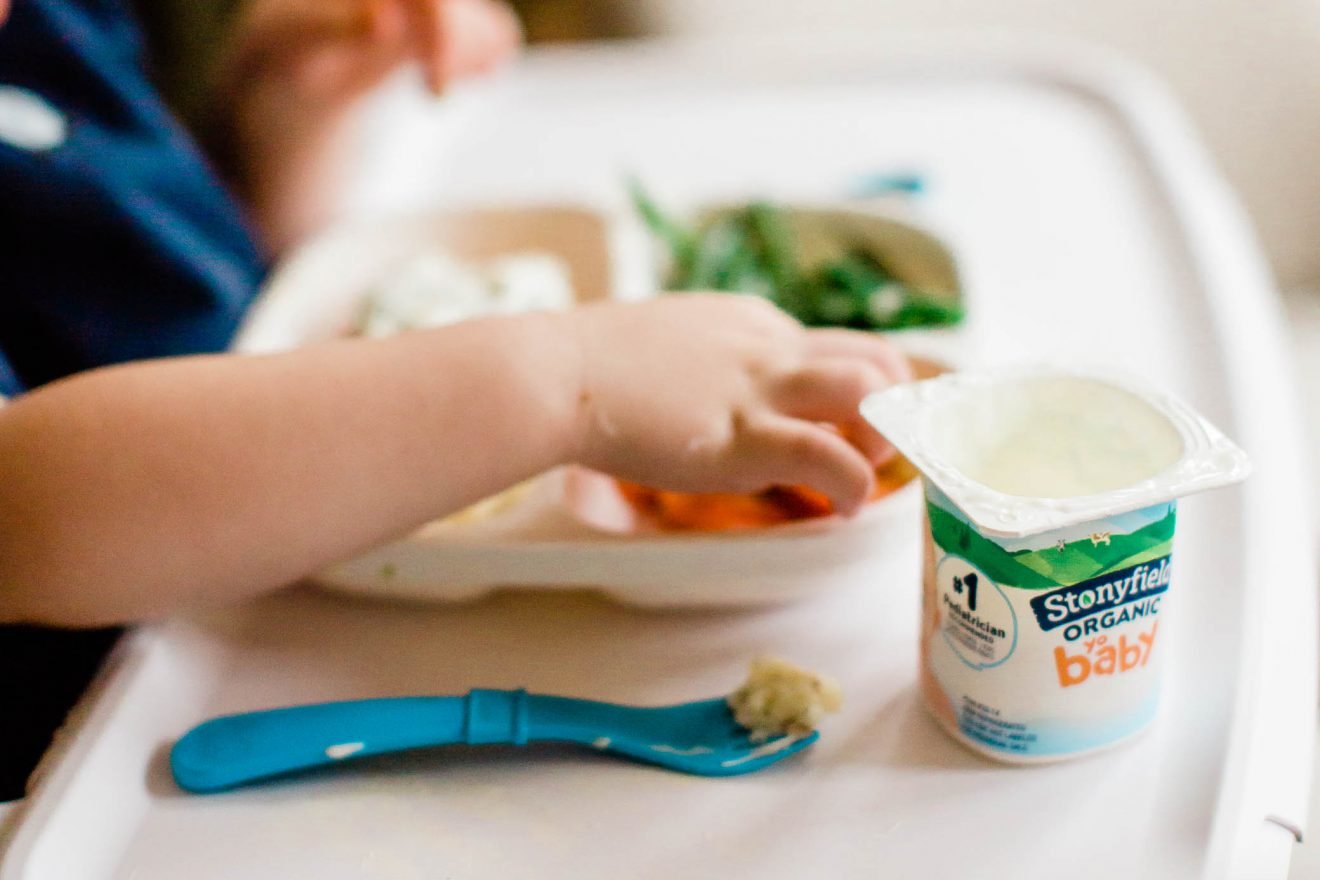
When choosing food options for your family, read food labels and limit foods that are high in sugar and trans fat. Regarding portion sizes, be sure not to over-serve your child.11 Portion sizes are important, and they should be child-sized.
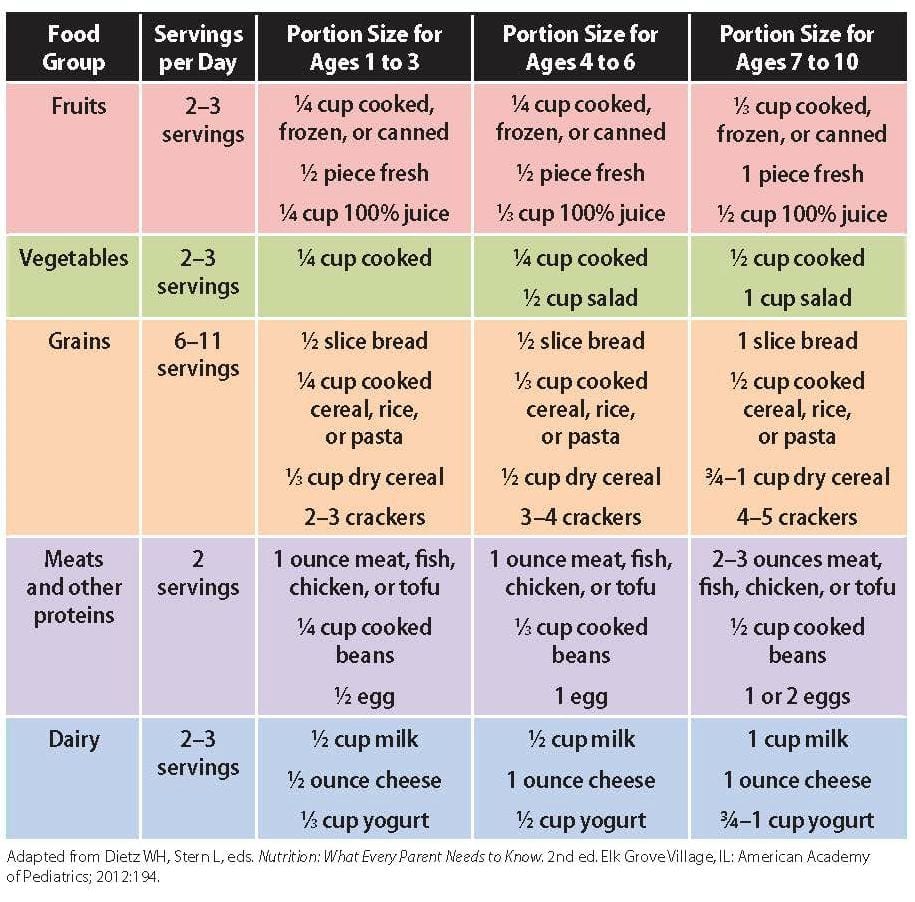
We know now that eating patterns are established early in life in response to caregiver-child interactions, mealtime routines, foods offered, and modeling from family members. By practicing these 15 tips, our children will have a better chance of developing healthy eating habits, which will create a more healthful life.














